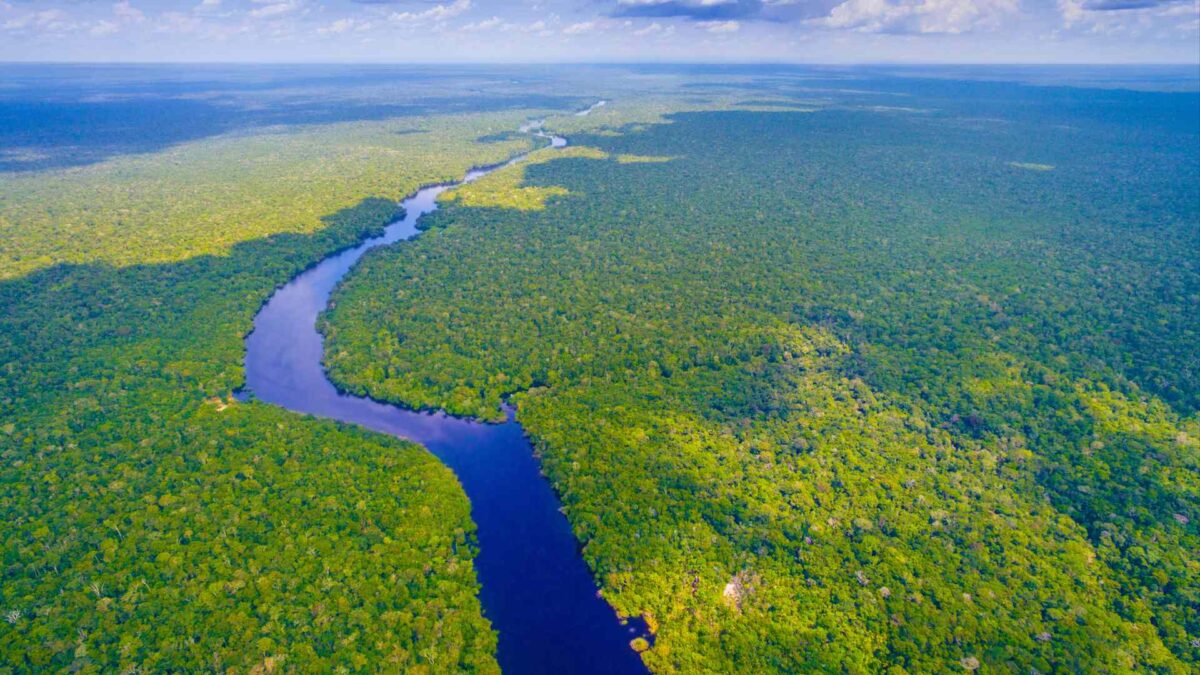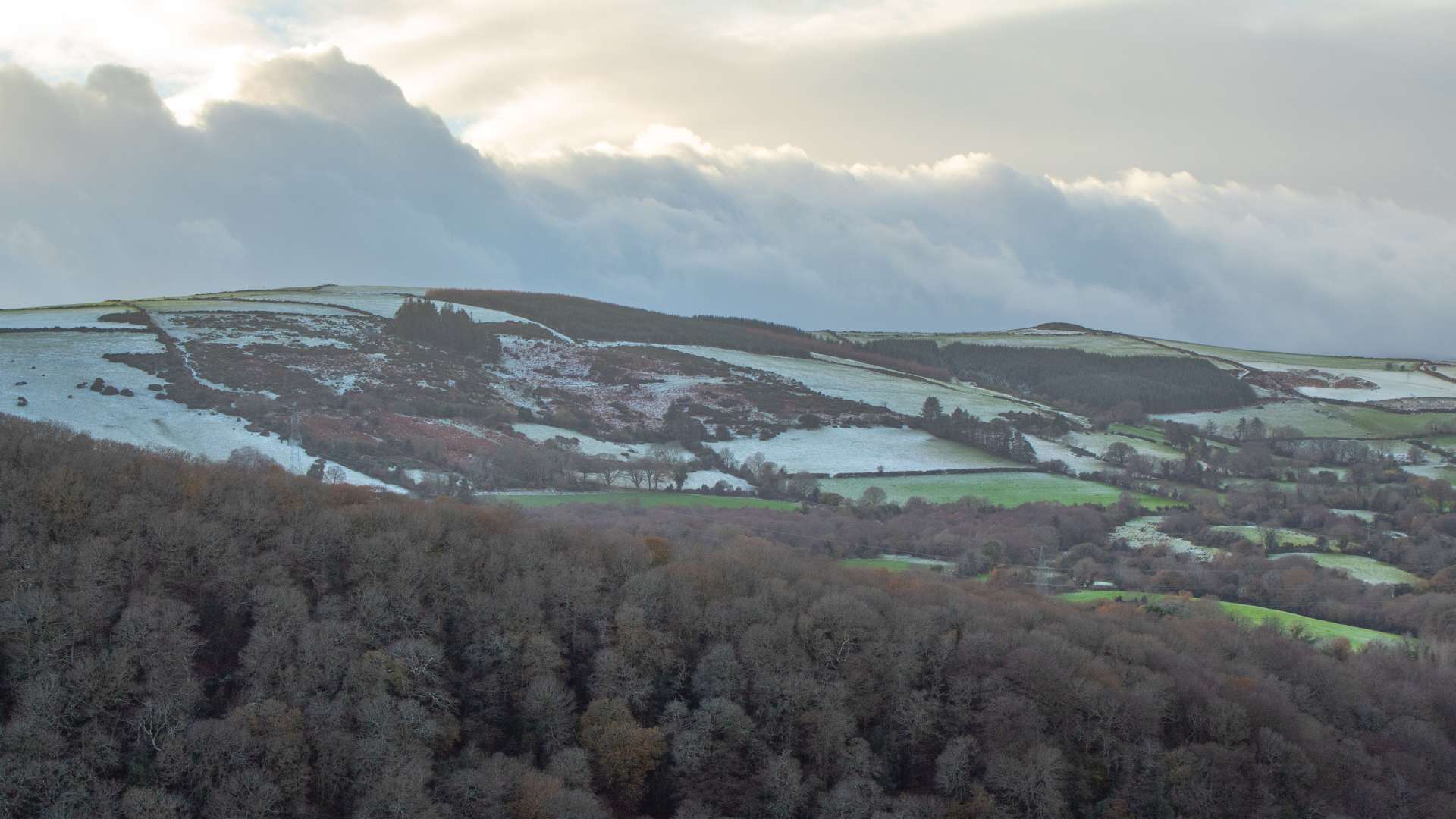
Extreme Heat Linked to Sharp Tropical Bird Declines

Bird populations in tropical regions have fallen by roughly a third since 1980, with some species losing more than half their numbers, according to a study published today in Nature Ecology and Evolution. Researchers say the main driver is intensifying extreme heat, which is taking a growing toll on wildlife.
The research, involving the Potsdam Institute for Climate Impact Research, the University of Queensland and the Barcelona Supercomputing Center, found that tropical birds now experience an average of 30 days of extreme heat each year, up from just three in the early 1980s.
“It’s a staggering decrease,” said lead author Maximilian Kotz. “Birds are particularly sensitive to dehydration and heat stress. Prolonged heat can lead to higher mortality, reduced fertility, altered breeding behaviour and lower survival rates for young.”

Using a combination of observed data and modelling, the study examined how heat and rainfall patterns are linked to population change across the globe. While declines were recorded in nearly all regions, the steepest losses were in the tropics, where the effects of extreme heat now outweigh those of deforestation and habitat destruction.
The findings may help explain sharp drops in bird numbers recorded in pristine Amazonian and Panamanian rainforests in recent years, where no clear cause had been identified.
Co-author Tatsuya Amano said conservation strategies must now take heat vulnerability into account.
“Alongside protected areas and tackling deforestation, we need targeted measures to help species adapt. This could include moving some populations to cooler areas,” he said.








